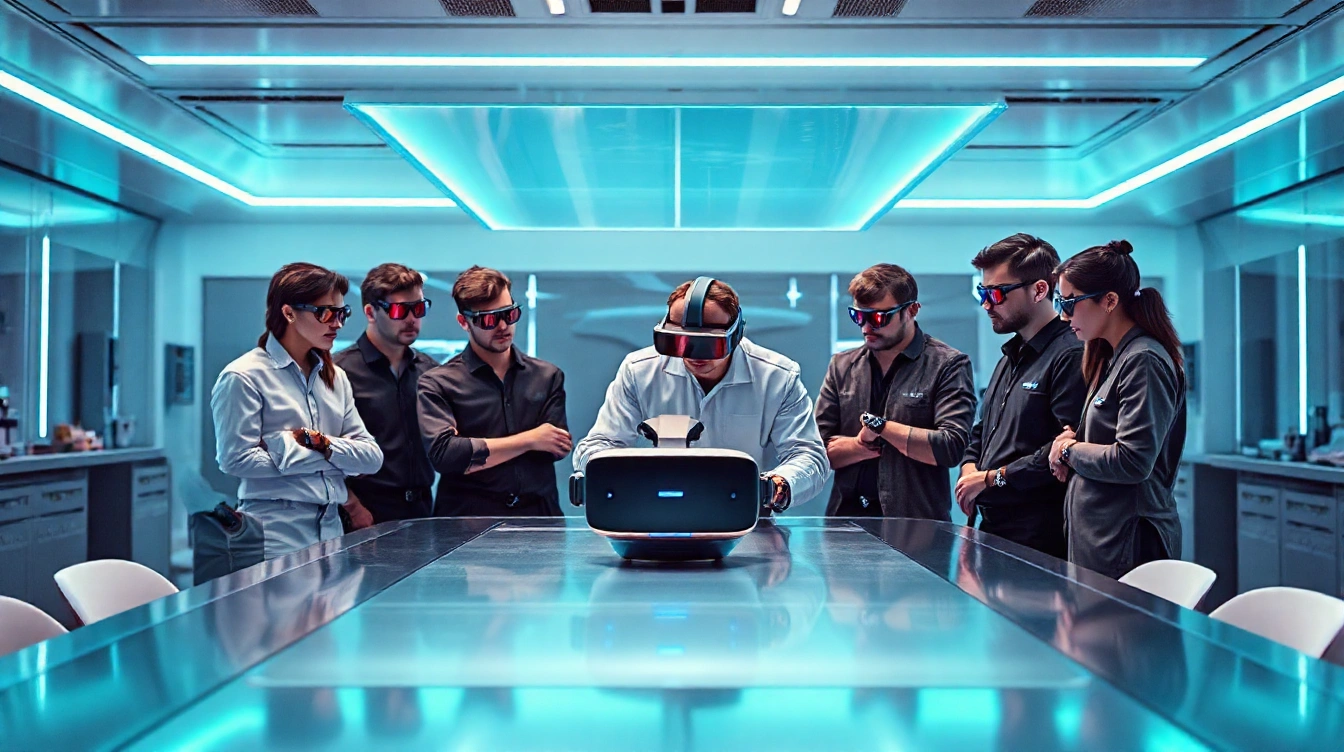Core ways video game culture drives technological innovation
Video game culture impact profoundly shapes technological advancement examples, pushing both hardware and software developers to meet the ever-evolving demands of gamers. This culture thrives on high expectations for immersive experiences, encouraging innovations in graphics rendering, processor speed, and interactive peripherals. For instance, the relentless pursuit of realism in gaming graphics has accelerated advancements in GPU technologies, directly benefiting various sectors beyond gaming.
Gaming innovation also drives the development of faster processors and optimized algorithms to handle complex game physics and AI. These technical leaps often cross over into broader computing applications, showcasing the symbiotic relationship between gaming and technology industries.
In the same genre : How are UK video game developers addressing accessibility?
Major industry shifts frequently originate from gaming culture, such as the rise of virtual reality (VR) and augmented reality (AR). These breakthroughs emerged largely due to the desire for deeper engagement in game worlds. Companies have invested heavily in creating intuitive controllers and immersive headsets—technology born from gaming’s demand for novel interaction methods.
In summary, the video game culture impact serves as a catalyst for constant technological change, with gaming innovation often setting the pace for hardware and software evolution. This dynamic drives creative problem-solving and fuels progress that resonates far beyond the realm of entertainment.
Additional reading : What are the key trends in UK video game AI development?
Role of Community Practices and Gamer Feedback in Shaping Technology
The gaming community influence is a powerful force driving user-driven development in technology. Practices like modding allow players to customize games, pushing developers to create flexible platforms that accommodate creativity. This feedback loop fosters continual innovation, benefiting both creators and users.
Streaming and eSports have further accelerated software evolution by demanding robust, low-latency platforms. Gamers’ live feedback during streams informs developers about performance issues and desired features. This dynamic interaction exemplifies the feedback loops in tech that refine user experience in real time.
Game developers and their audiences share a reciprocal relationship: developers rely on player input to enhance game mechanics and content, while gamers enjoy increasingly tailored experiences. Open-source projects and collaborative platforms amplify this synergy, encouraging community contributions that enrich gaming technology beyond traditional boundaries.
In summary, the integration of gaming community practices with developer responsiveness exemplifies how user-driven development shapes technology. The continuous, iterative dialogue ensures evolving platforms stay aligned with the actual needs and creativity of users.
Cross-industry technology adoption fueled by gaming trends
Gaming innovations have become pivotal in cross-industry innovation, notably through the acceleration of VR adoption and AR development. The immersive quality games demand has propelled virtual and augmented reality technologies forward at an unprecedented pace. This dynamic fosters a natural tech transfer from gaming into other sectors like healthcare, education, and professional training.
In healthcare, VR’s ability to simulate realistic environments enables enhanced surgical planning and patient rehabilitation. Similarly, educational institutions embrace gamified content to boost engagement and knowledge retention, demonstrating how game mechanics enhance learning outcomes. Training programs in industries such as aviation and manufacturing apply game design principles—reward systems, progressive challenges—to improve skill acquisition and motivation.
The influence of game mechanics also extends to software development. User interfaces and hardware peripherals often adapt gaming’s intuitive and responsive designs. This crossover illustrates how designing for gameplay has broader implications, fostering innovations that benefit diverse technological landscapes.
By understanding the impact of cross-industry innovation rooted in gaming trends, stakeholders can better leverage VR and AR evolutions, ensuring practical and applied benefits far beyond entertainment.
Historical milestones: Key moments where gaming culture accelerated technology
The history of gaming technology is marked by landmark innovations that reshaped both entertainment and tech development. One pivotal moment was the rise of 3D graphics and real-time rendering in the 1990s, which transformed flat, pixelated environments into immersive worlds. This advancement relied on breakthroughs in graphics processing units (GPUs), enabling smoother, more detailed visuals that pushed hardware manufacturers to innovate rapidly.
Another significant milestone was the growth of online multiplayer gaming. As network infrastructure improved, gaming shifted from isolated experiences to social, connected ones. The development of broadband internet and powerful servers allowed millions of players worldwide to interact simultaneously, accelerating improvements in latency reduction, matchmaking systems, and cross-platform play.
More recently, the emergence of realistic AI and procedural generation has expanded gaming possibilities dramatically. AI-driven non-player characters (NPCs) behave more naturally, creating dynamic, engaging gameplay. Procedural generation algorithms produce vast, unique game worlds without manual design, making games larger and more replayable while challenging developers to refine technology.
These key moments in the technology timeline highlight how gaming culture often serves as a catalyst for broader technological progress.
Looking ahead: Future possibilities shaped by gaming culture
Gaming culture is a powerful catalyst driving the future of gaming tech. Current research spans artificial intelligence (AI), advanced haptic feedback, and cloud gaming, all aimed at creating deeply immersive experiences. For example, AI’s role is evolving beyond NPC behavior into procedural content generation and personalized gameplay, adapting real-time to player patterns.
Experts foresee predictive trends that reflect how gamers interact with technology. As user behavior shifts toward cross-platform play and social connectivity, innovations will focus on seamless integration. Cloud gaming promises near-instant access without hardware limits, anticipating wider adoption as broadband improves globally.
Moreover, haptic technology developments are poised to extend sensory feedback beyond vibrations to simulate texture and temperature, enriching immersion further. These advancements will not only enhance entertainment but may also influence therapeutic and educational applications, broadening gaming’s societal impact.
The convergence of these upcoming innovations signals a future where gaming fosters community building, cognitive training, and even work collaboration. Understanding how evolving gamer preferences shape technology helps stakeholders anticipate and guide this transformative trajectory—making gaming an increasingly integral part of daily life.








